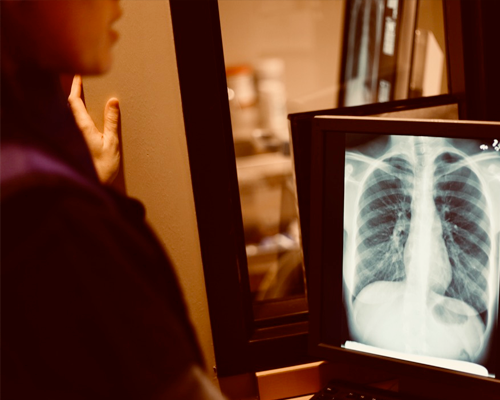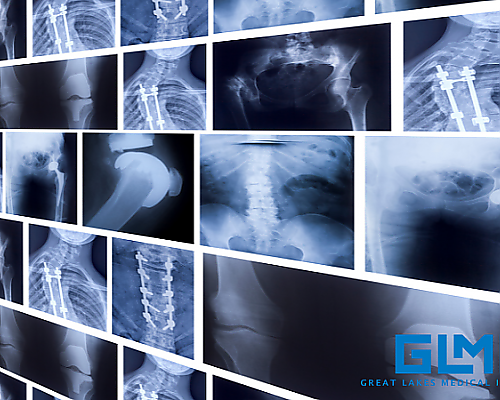Our Blog
Understanding the Basics: X-ray vs. Fluoroscopy at Great Lakes Medical Imaging

At Great Lakes Medical Imaging (GLMI), we're committed to providing our patients with the best care, utilizing state-of-the-art diagnostic tools. Among these tools are X-ray and Fluoroscopy, both instrumental in the world of medical imaging. While the terms may be familiar, understanding the differences between these two techniques can help you better grasp your diagnosis and treatment process.
X-ray: A Snapshot in Time
X-rays are a form of electromagnetic radiation, much like light but of higher energy. They can penetrate the body, which allows us to produce images of internal structures.
- How It Works: When you get an X-ray, a controlled amount of X-ray radiation is passed through the body, capturing an image of a specific area. The beams are absorbed in different amounts depending on the density of the material they pass through. Dense materials, such as bones, will appear white, while softer materials, like tissues, appear darker.
- Common Uses: X-rays are often used to view and diagnose bone fractures, infections, locate foreign objects in the body, and more.
Fluoroscopy: Real-time Imaging
Fluoroscopy, on the other hand, is a type of medical imaging that displays a continuous X-ray image on a monitor, much like an X-ray movie. It allows doctors to look at many body systems, including skeletal, digestive, urinary, respiratory, and reproductive systems.
- How It Works: During a fluoroscopy procedure, an X-ray beam passes through the body. The image is transmitted to a monitor so that the movement of a body part or an instrument or contrast agent ("X-ray dye") passing through the body can be seen in detail.
- Common Uses: Fluoroscopy is used in various diagnostic and therapeutic procedures such as guiding a needle to a specific area, visualizing blood moving through vessels, directing orthopedic surgery, and more.
Which One is Right for Me?
The choice between X-ray and fluoroscopy depends on the specific information your doctor needs:
- Diagnosis: If your doctor needs a still image to diagnose a broken bone or an infection, an X-ray may be more appropriate.
- Procedure Guidance: If your doctor needs to visualize the movement of an instrument inside your body in real-time, fluoroscopy might be the tool of choice.
When you visit Great Lakes Medical Imaging, our team will determine the most appropriate imaging method based on your medical needs and ensure your safety and comfort during the process.
For any queries or to schedule an appointment, don't hesitate to reach out to us via our contact page.
Disclaimer: This blog article is for general informational purposes only and should not be construed as professional medical advice. Always seek the advice of your physician or other qualified health provider with any questions you may have regarding a medical condition.
‹ Back









